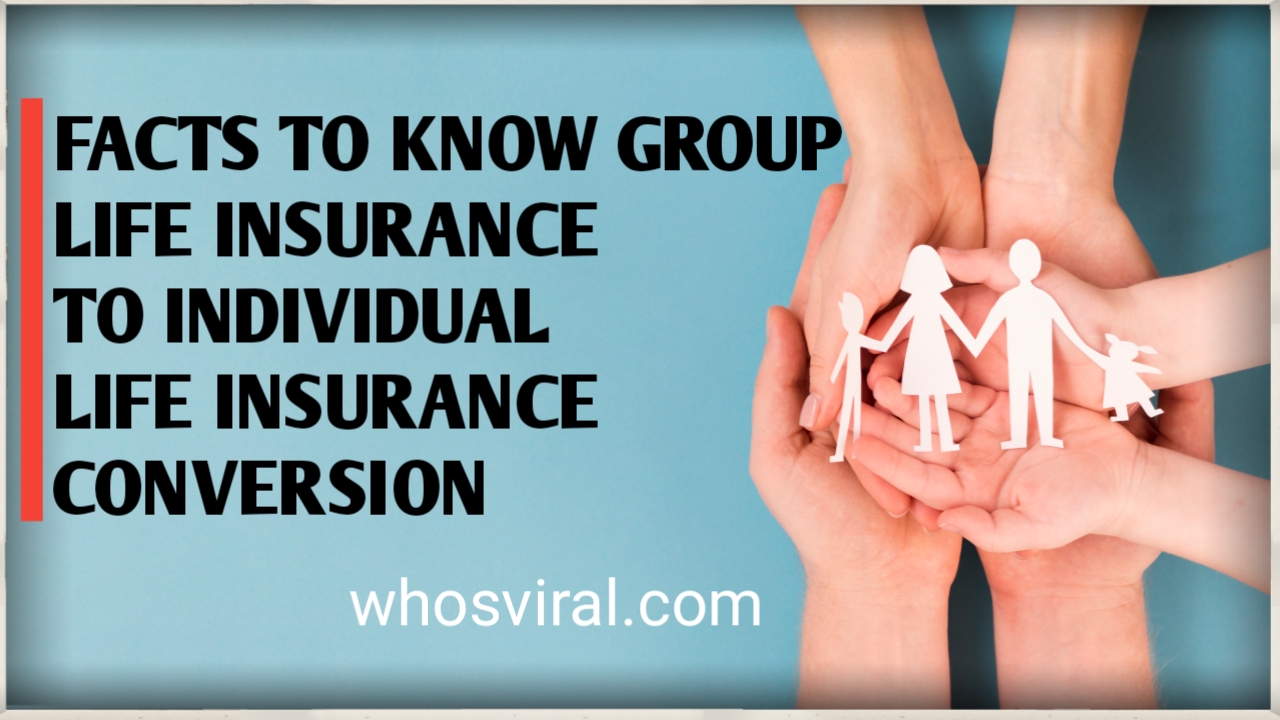Group life insurance is a type of life insurance policy that is offered by an employer to its employees as a benefit. This policy provides coverage to a group of people under a single policy. In contrast, individual life insurance is a policy purchased by an individual to provide coverage for themselves or their beneficiaries.
If an individual who has group life insurance coverage through their employer wishes to convert it to an individual life insurance policy, there are some important facts to know:
Conversion Period: Most group life insurance policies have a conversion period during which the policyholder can convert their coverage to an individual policy without having to undergo a medical exam. This period is typically 30 to 90 days after the policyholder leaves their employer.
Coverage Limits: The amount of coverage available under an individual policy may be limited compared to the group policy. The individual policy may also be more expensive, especially if the policyholder is older or has a medical condition.
Policy Terms: The terms of the individual policy may differ from the group policy. For example, the individual policy may have a different benefit period, waiting period, or exclusions.
Options for Conversion: The policyholder may have different options for converting their group policy to an individual policy. They may be able to convert the policy to a term or permanent policy, or they may be limited to certain policy options.
Premiums: The premiums for an individual policy will be based on the policyholder’s age, health, and other factors. They may also be affected by the type of policy and the coverage amount.
Overall, converting group life insurance to an individual policy can provide continued coverage for the policyholder and their beneficiaries. However, it is important to understand the differences between the policies and the options available before making the conversion.
